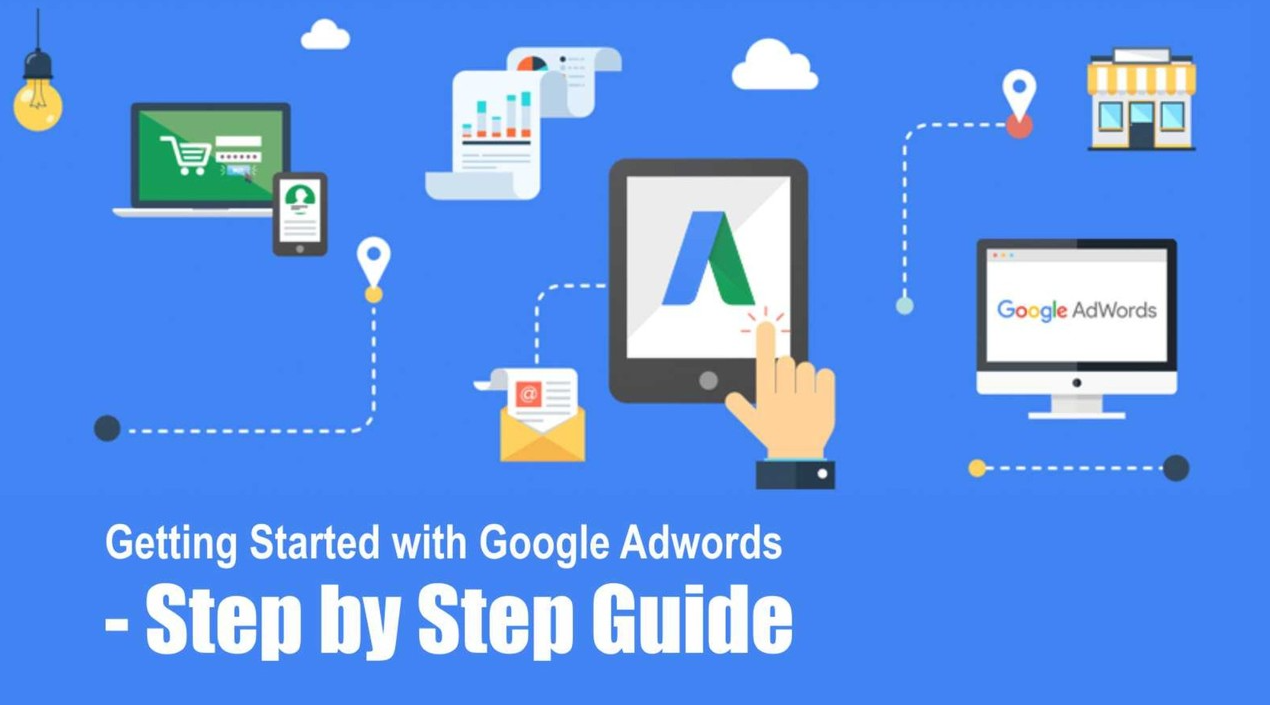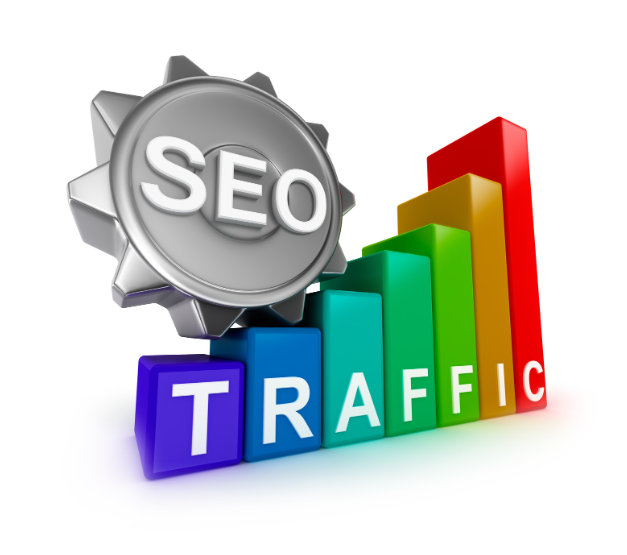Understanding the Power of Google Search Ads
Google Search Ads are a powerful tool that can significantly enhance your business’s visibility and reach. These ads appear on Google’s search engine results pages (SERPs) when users search for specific keywords related to your products or services. By leveraging Google Search Ads, businesses can effectively target potential customers who are actively searching for what they offer. This method of advertising ensures that your business is seen by the right audience at the right time, increasing the likelihood of conversions.
Google Search Ads operate on a Pay-Per-Click (PPC) model, meaning you only pay when someone clicks on your ad. This makes it a cost-effective marketing strategy, as you are only paying for actual engagement. The ads are triggered by keywords, which are terms that users type into the search bar. When your chosen keywords match the search query, your ad has the potential to appear, depending on your bid and the quality score of your ad.
The benefits of using Google Search Ads are manifold. They offer immediate visibility on Google’s SERPs, allowing you to quickly reach a vast audience. This is particularly beneficial for new businesses or those looking to increase brand awareness. Additionally, Google Search Ads provide highly targeted advertising. You can tailor your ads to specific demographics, locations, and even the time of day. This level of precision ensures that your marketing efforts are directed towards those most likely to convert.
Setting the Foundation: Preparing for Google Search Ads
Before diving into Google Search Ads, it’s crucial to lay a solid foundation by defining your business goals. Start by identifying what you aim to achieve with your advertising campaign. Are you looking to generate leads, drive sales, or enhance brand awareness? Having clear objectives will help you tailor your ad campaigns effectively and measure their success accurately.
Keyword research is a critical component of setting up your Google Search Ads. Keywords are the terms and phrases that potential customers use to search for products or services similar to yours. Conduct thorough keyword research to identify the most relevant and high-performing keywords for your business. Utilise tools such as Google Keyword Planner, Ahrefs, or SEMrush to find keywords with high search volume and low competition. Create a comprehensive list of keywords that align with your business goals and target audience.
Once you have your keywords, it’s time to set up your Google Ads account. This involves creating an account on the Google Ads platform and configuring key settings. Ensure that your account is set up correctly to maximise the effectiveness of your campaigns. Pay attention to details such as billing information, account settings, and linking your Google Analytics account for better tracking and analysis.
Crafting Your Google Search Ad Campaign
Creating a successful Google Search Ad campaign begins with structuring your campaigns and ad groups effectively. Organise your campaigns based on specific themes or product categories. Within each campaign, create ad groups that focus on closely related keywords. This structure allows for better management and optimisation of your ads.
Writing compelling ad copy is an art that requires careful consideration. Your ad copy should grab the attention of potential customers and persuade them to click on your ad. Start with a strong headline that highlights the key benefit or unique selling proposition of your product or service. Follow with a concise and persuasive description that provides more details and includes a clear call-to-action (CTA). Use action-oriented language that encourages users to take the desired action, such as “Buy now,” “Learn more,” or “Get a free quote.”
Your ad copy should also align with the search intent of your target audience. Ensure that your ads are relevant to the keywords you are targeting. This not only improves your ad’s performance but also enhances the user experience by delivering relevant and valuable content. Use ad extensions to provide additional information, such as site links, callouts, and structured snippets. These extensions can increase the visibility and effectiveness of your ads.
Designing Effective Landing Pages
A strong landing page is crucial for converting clicks into customers. When users click on your ad, they should be directed to a landing page that is relevant to the ad copy and offers a seamless user experience. A well-designed landing page should have a clear and compelling headline that matches the ad’s message. It should also include a concise description of your product or service, highlighting its benefits and unique features.
The landing page should have a prominent and easy-to-use call-to-action button, such as “Sign up,” “Buy now,” or “Get started.” Make sure the CTA stands out and is strategically placed to encourage conversions. The overall design of the landing page should be clean and visually appealing, with high-quality images or videos that support your message.
Optimising your landing page for performance involves several best practices. Ensure that the page loads quickly, as slow-loading pages can lead to high bounce rates. Use responsive design to provide a seamless experience across different devices, including desktops, tablets, and smartphones. Conduct A/B testing to experiment with different elements of your landing page, such as headlines, images, and CTA buttons, to identify what works best for your audience.
Implementing and Managing Your Ad Campaigns
Setting your budget and bidding strategy is a critical step in implementing your Google Search Ad campaign. Determine an appropriate budget based on your business goals and the competitiveness of your chosen keywords. Google Ads offers various bidding strategies, such as cost-per-click (CPC), cost-per-acquisition (CPA), and return on ad spend (ROAS). Choose the strategy that aligns with your objectives and provides the best value for your investment.
Before launching your ads, conduct final checks to ensure everything is set up correctly. Review your ad copy, keywords, and landing pages to make sure they are all aligned and optimised for performance. Once you are satisfied, go ahead and launch your campaign. Keep in mind that the initial phase is crucial for gathering data and insights, so be prepared to monitor and adjust your campaigns as needed.
Monitoring and adjusting your campaigns is an ongoing process that requires attention to detail. Track key metrics such as click-through rate (CTR), conversion rate, and return on investment (ROI). Use this data to identify areas for improvement and make data-driven adjustments. For example, if certain keywords are not performing well, consider pausing them or replacing them with more relevant ones. Continuously optimise your ad copy, landing pages, and bidding strategy to achieve better results.
Analysing Performance and Measuring Success
Understanding Google Ads metrics is essential for analysing the performance of your campaigns. Key metrics to track include impressions, clicks, CTR, conversions, and cost per conversion. Impressions indicate how often your ad is shown, while clicks measure how many users interacted with your ad. CTR is calculated by dividing the number of clicks by the number of impressions, giving you an idea of how effective your ad is at attracting interest. Conversions track the number of desired actions taken by users, such as making a purchase or filling out a form, and cost per conversion shows how much you are spending to achieve each conversion.
Integrating Google Ads with Google Analytics provides in-depth insights into user behaviour and campaign performance. This integration allows you to track the entire customer journey, from the initial ad click to the final conversion. Use Google Analytics to analyse user behaviour on your landing pages, such as bounce rates, average session duration, and pages per session. These insights help you understand how users interact with your site and identify opportunities for improvement.
Continuous improvement and scaling are key to maximising the success of your Google Search Ad campaigns. Regularly review your campaign performance and identify trends and patterns. Look for opportunities to scale successful campaigns by increasing your budget or expanding your keyword list. Implement ongoing optimisations to improve ad relevance, landing page experience, and overall campaign performance. By continuously refining your strategies, you can achieve sustained growth and drive better results for your business.
In summary, Google Search Ads are the game-changer for businesses seeking visibility. Elevate your online strategy with the expertise of Web Boost Online, your go-to partner for success.











